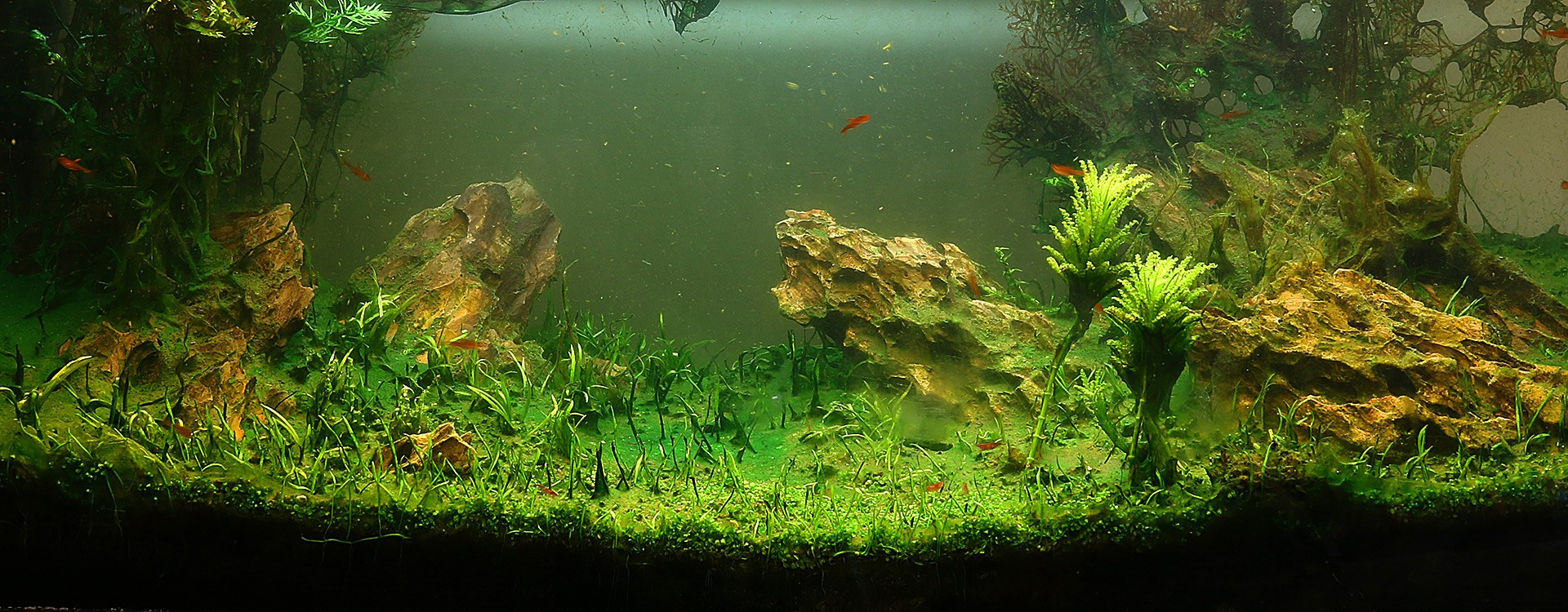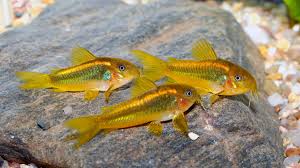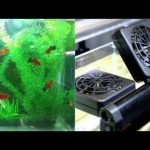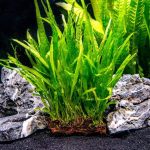
Monday 25th August 2025
For many aquarium enthusiasts, the battle against algae is a constant and sometimes frustrating part of the hobby. That unwelcome green, brown, or black fuzz can quickly turn a beautiful underwater landscape into a murky mess. But fear not! With a little knowledge and the right approach, you can win the war on algae and restore your fish tank to its pristine glory. This in-depth guide will walk you through identifying common types of aquarium algae and the most effective methods to get rid of them for good.
Know Your Enemy: Common Types of Aquarium Algae
The first step to effective algae control is to identify what you’re dealing with. Different types of algae have different causes and require different approaches. Here are some of the most common culprits:
- Green Spot Algae (GSA): These are small, hard, green spots that appear on the aquarium glass, decorations, and the leaves of slow-growing plants. They are often a sign of high light intensity and low phosphate levels.
- Brown Algae (Diatoms): This algae appears as a brown, dusty, or slimy coating on all surfaces of the tank. It’s very common in new aquarium setups and is often caused by an excess of silicates and phosphates in the water.
- Black Beard Algae (BBA): One of the most dreaded types of algae, BBA grows in thick, dark, beard-like tufts on plants, driftwood, and equipment. It’s notoriously difficult to remove and is often linked to fluctuating CO2 levels and high levels of organic waste.
- Blue-Green Algae (BGA): This is not technically an algae but a type of cyanobacteria. It forms a slimy, blue-green mat that can cover large areas of your substrate and plants, and it often has a distinct foul smell. BGA can be caused by poor water circulation, high levels of organic waste, and low nitrate levels.
- Green Hair Algae: As the name suggests, this algae grows in long, fine, green threads that can quickly form a dense mat. It’s usually caused by an excess of light and nutrients, particularly iron.
- Green Water: This is caused by a bloom of free-floating single-celled algae that turns the entire tank water a pea-soup green. It can be triggered by a sudden increase in nutrients, such as from overfeeding or an ammonia spike, or too much direct sunlight.
Winning the War: Methods for Algae Removal
Once you’ve identified the type of algae in your tank, you can choose the most appropriate method to combat it. A multi-pronged attack is often the most effective strategy.
1. The Natural Approach: Prevention is Key
The best way to control algae is to create an environment where it struggles to grow in the first place. This involves balancing light, nutrients, and CO2.
- Control Your Lighting: Algae, like plants, needs light to photosynthesise. Reduce the duration your aquarium light is on to 6-8 hours a day. If your tank is near a window, consider moving it to avoid direct sunlight.
- Manage Nutrients: Algae thrives on excess nutrients in the water, particularly nitrates and phosphates.
- Don’t Overfeed Your Fish: Only give your fish what they can consume in a couple of minutes.
- Perform Regular Water Changes: A weekly water change of 25-50% will help to remove excess nutrients.
- Use Live Plants: Heavily planting your aquarium with fast-growing aquatic plants is one of the most effective ways to combat algae. Plants will outcompete algae for nutrients, starving it out of existence.
- Maintain Good Water Circulation: Good water flow will help to prevent dead spots where algae can take hold. Use a filter and a powerhead if necessary to ensure that water is circulating throughout the entire tank.
2. Biological Warfare: The Algae-Eating Crew
Introducing some algae-eating critters to your aquarium is a great natural way to keep algae under control.
- Snails:
- Nerite Snails: These are fantastic algae eaters and come in a variety of beautiful patterns. They are particularly effective against Green Spot Algae.
- Mystery Snails: These larger snails will happily graze on algae and leftover fish food.
- Ramshorn Snails: These common snails are good at cleaning up algae and are very hardy.
- Shrimp:
- Amano Shrimp: These are the undisputed kings of the algae-eating shrimp world, with a voracious appetite for most types of algae, including Black Beard Algae.
- Cherry Shrimp: These small, colourful shrimp are great for smaller tanks and will constantly graze on algae and biofilm.
- Fish:
- Siamese Algae Eaters (SAE): True SAEs are one of the few fish that will eat Black Beard Algae.
- Otocinclus Catfish (Otos): These small, peaceful catfish are excellent at cleaning up Brown Algae and Green Spot Algae.
- Bristlenose Plecos: A great choice for most community tanks, these plecos will help to keep the glass and decorations clean.
3. Manual Labour: Elbow Grease Required
Sometimes, you just need to get your hands dirty and manually remove the algae.
- Scrape the Glass: Use an algae scraper with a razor blade for glass tanks or a plastic blade for acrylic tanks to remove Green Spot Algae.
- Scrub Decorations: Remove any affected rocks or driftwood and scrub them with a clean toothbrush.
- Prune Affected Leaves: If algae is growing on plant leaves, it’s often best to simply trim off the affected leaves.
- Use a Toothbrush for BBA: A toothbrush can be used to manually remove Black Beard Algae from hard surfaces.
4. Chemical Intervention: A Last Resort
While there are many algaecides on the market, they should be used with caution and as a last resort. These chemicals can be harmful to fish, shrimp, and plants if not used correctly. They also don’t address the underlying cause of the algae, meaning it will likely return.
If you do decide to use a chemical treatment, always follow the manufacturer’s instructions carefully and consider removing any sensitive invertebrates from the tank during treatment. For Blue-Green Algae, which is a bacteria, a course of antibiotics like erythromycin can be effective.
The Final Word
Getting rid of algae in your aquarium is a process of identifying the type of algae, addressing the root cause, and being consistent with your maintenance routine. By creating a balanced ecosystem in your tank, you can create an environment where your fish and plants thrive, and algae struggles to get a foothold. A beautiful, algae-free aquarium is achievable with a little patience and the right knowledge. Happy fishkeeping!


 Previous Post
Previous Post Next Post
Next Post